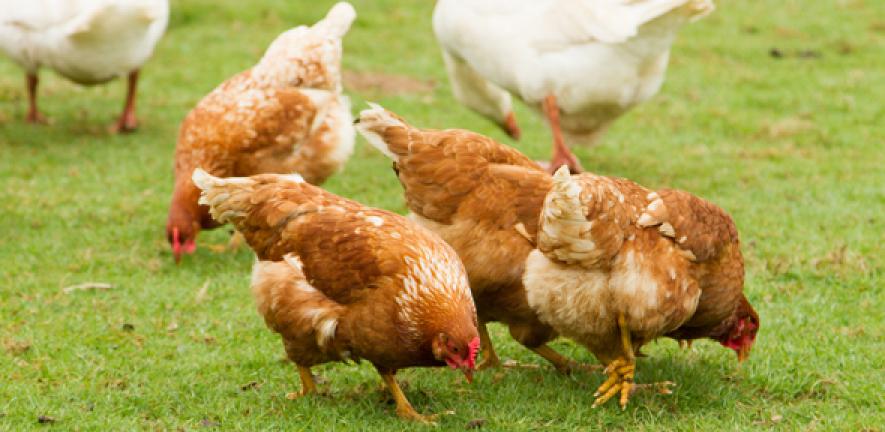
Why do we use chickens?
Chickens are often used when birds are needed for a physiological study. They have been bred domestically for many years, so a large amount of literature on their physiology is available. They produce hardy embryos, whose development occurs outside the body of the mother. A small portion of the egg shell can be removed and replaced with clear plastic so that development of the chicken can be viewed at all stages. It is also possible to develop chick embryos in culture outside the egg.
Access to the embryo during development means that experiments involving surgical manipulation and chemicals which change the process of development are possible. Since studying the development of mammals is such a difficult process, the insights from these studies often provide useful comparative information.
Since chickens are vertebrates, their developmental processes have a great deal in common with humans, despite the many differences. They have provided valuable insights into the development of the nervous system, showing how cells migrate and differentiate. They have also been used to discover the molecular basis of limb development – a process which is similar in humans and birds - and have helped the understanding of many limb disorders. Chickens are also highly susceptible to infectious diseases, some which also infect humans, such as influenza. By understanding the immune system of the chicken we are able to learn valuable information for prevention of pandemic outbreaks of flu.
Information adapted from AnimalResearch.info
What do we study?
Breeding disease-resistant chickens
Chickens are a valuable source of protein rich food, both in their meat and their eggs, in the UK and many other countries worldwide. Just like us, chickens are susceptible to many diseases that have strong effects on their health and welfare. Some of these diseases can also be a threat to human health, like ‘bird flu’ and Campylobacter.
See: Food poisoning: the bacteria lurking in your chicken
Understanding the immune system
Cambridge researchers use chickens as a representative non-mammalian vertebrate, to understand more about the evolution of the adaptive immune system in humans. They focus on the major histocompatibility complex (MHC), which encodes molecules with central roles in the immune response. In addition to proposing how the adaptive immune system evolved, they have made contributions to the global poultry industry and to understanding fundamental properties, important for both chickens and humans.
Image: Chickens (Neil Barnwell)
